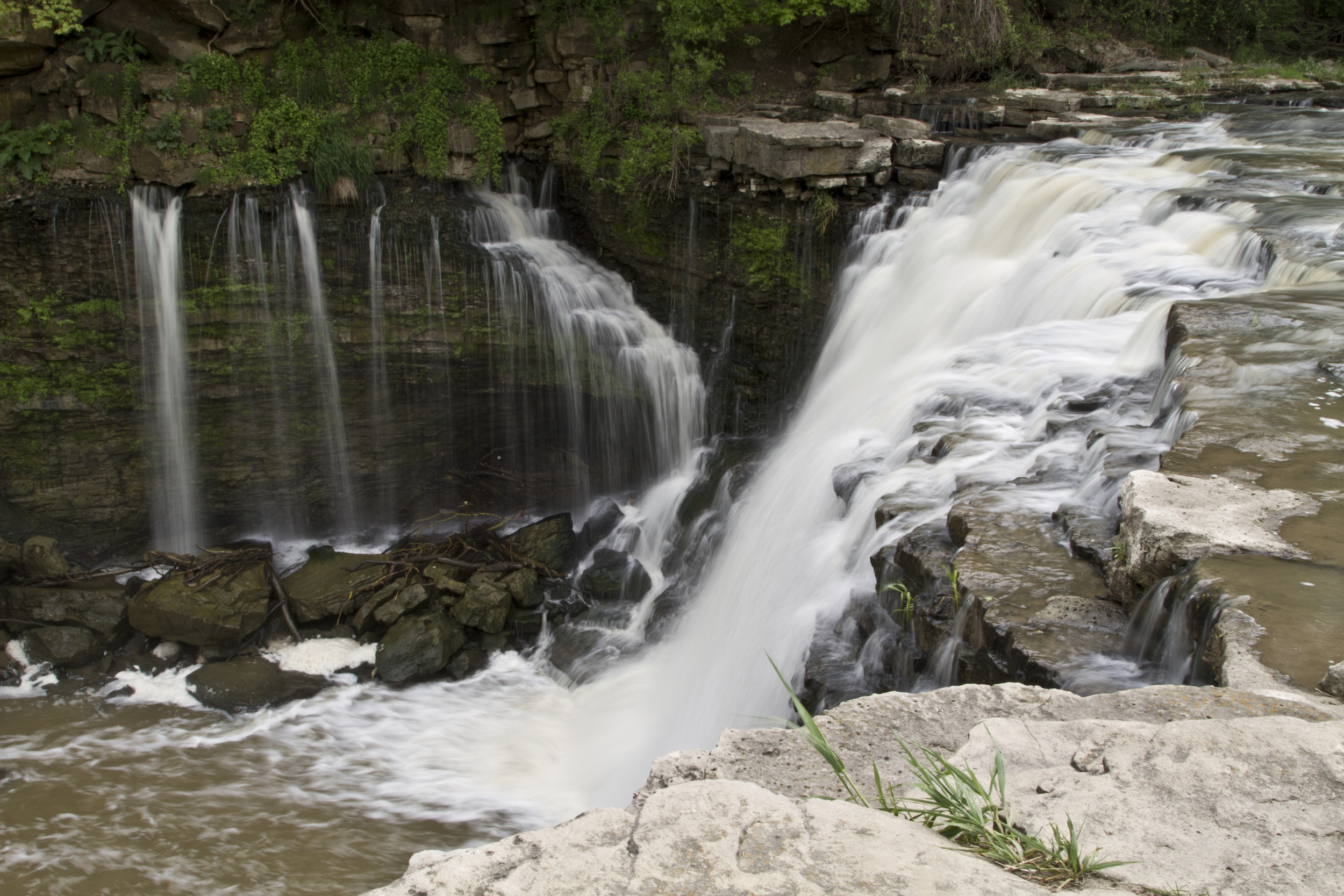

HGS RESEARCH HIGHLIGHT – An adaptive zone-based refinement method for characterizing a highly complex aquifer system model
This new paper by Aquanty senior scientist Hyoun-Tae Hwang introduces an innovative new method to iteratively refine model meshes based on model sensitivity and uncertainty, as calculated by PEST. The paper presents an initial proof-of-concept for this new method, based on the K-COSEM test site located in Eumseong-gun, South Korea.

HGS RESEARCH HIGHLIGHT – Characterizing the effects of dry antecedent soil moisture conditions, channel transmission losses, and variable precipitation on peak flow scaling
While the historic flooding in British Columbia this month can obviously be attributed to extreme rainfall, it’s also believed that the extreme heat of the summer months made soils less permeable. This means that rain is more likely to run off the land rather than being absorbed, resulting in flash floods and landslides. In this case the diminished permeability can likely be attributed to soil ‘crusting’ (wildfires disperse waxy compounds which coat soil minerals and make the top layer of soil hydrophobic). But extremely dry conditions are also known to reduce the permeability of soils, even without the compounded effects of wildfires. A recent study by researchers at HDR Engineering, Berkshire Hathaway Specialty Insurance, Iowa State University and The University of Iowa investigates this very phenomenon.


HGS RESEARCH HIGHLIGHT – Estimating Anthropogenic Effects on a Highly-Controlled Basin with an Integrated Surface-Subsurface Model
Our ongoing research with partners at the Korea Institute of Geoscience and Mineral Resources has led to a new publication. This paper seeks to quantify the impacts of water management practices (e.g. groundwater pumping, dam and weir operations, etc.) on the surface and groundwater system of the Geum River Basin, South Korea.
The results indicate that the water budget of the Geum River Basin (GRB) is typically balanced or shows a slight surplus (resulting in GW recharge). However, water deficits were frequently simulated during the dry season, and groundwater seepage along the rivers within the basin was an important water source component that can sustain environ-mental flow under severe water deficit conditions.
HGS RESEARCH HIGHLIGHT – Integrated modelling to assess climate change impacts on groundwater and surface water in the Great Lakes Basin using diverse climate forcing
HydroGeoSphere is an excellent tool for evaluating climate change impacts to integrated hydrologic systems, since HGS can be effectively coupled with climate forecasting simulators like the Weather Research and Forecasting (WRF) model, the Community Climate System Model (CCSM) and the Canadian Regional Climate Model (CRCM). HydroGeoSphere accounts for water dynamics in the atmosphere, ground surface and subsurface in a seamless manner and thus is the best modeling tool for evaluating the impact and risk associated with climate change on water resources.
HGS RESEARCH HIGHLIGHT – Development of an integrated numerical flow model in the Prairie Environment
A recent publication by researchers at the University of Regina uses HydroGeoSphere to investigate the impact of climate variability and different groundwater withdrawal scenarios on groundwater levels in the Leech Lake aquifer. This paper provides an excellent introduction to the use of HGS in semi-arid prairie regions, making use of the built-in evapotransporation and snowmelt processes to estimate overall recharge rates under various climate scenarios (including extreme drought).
